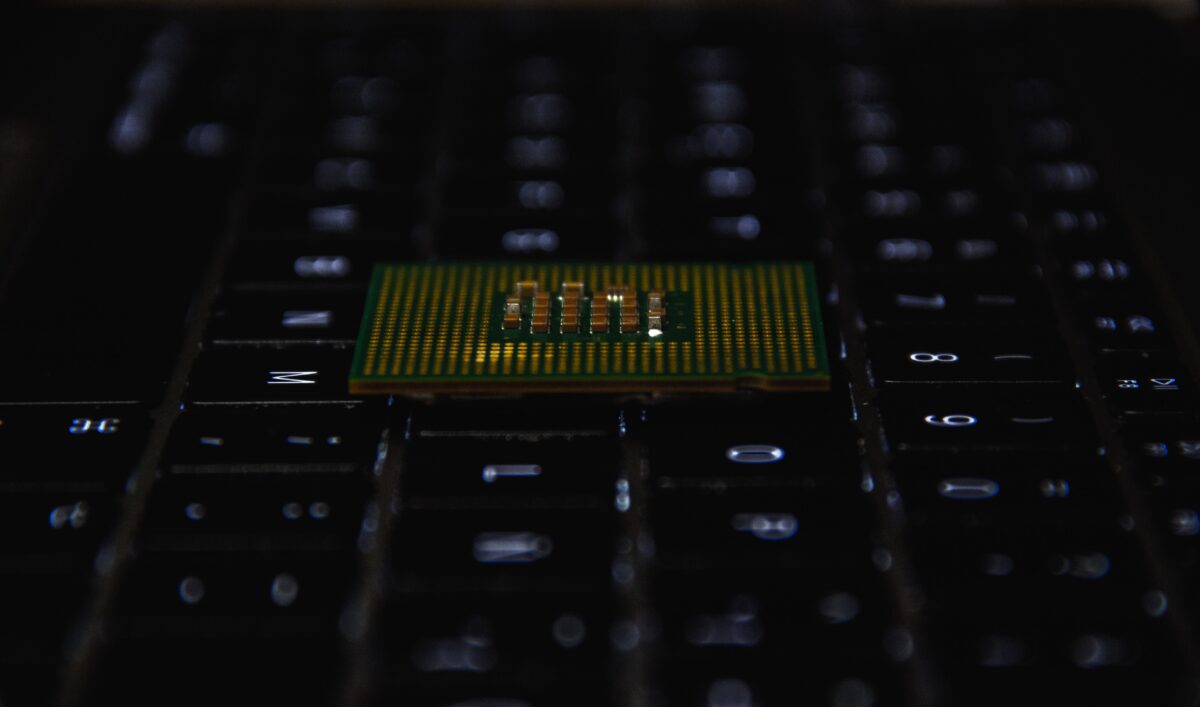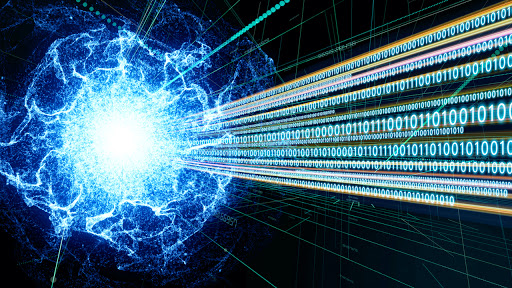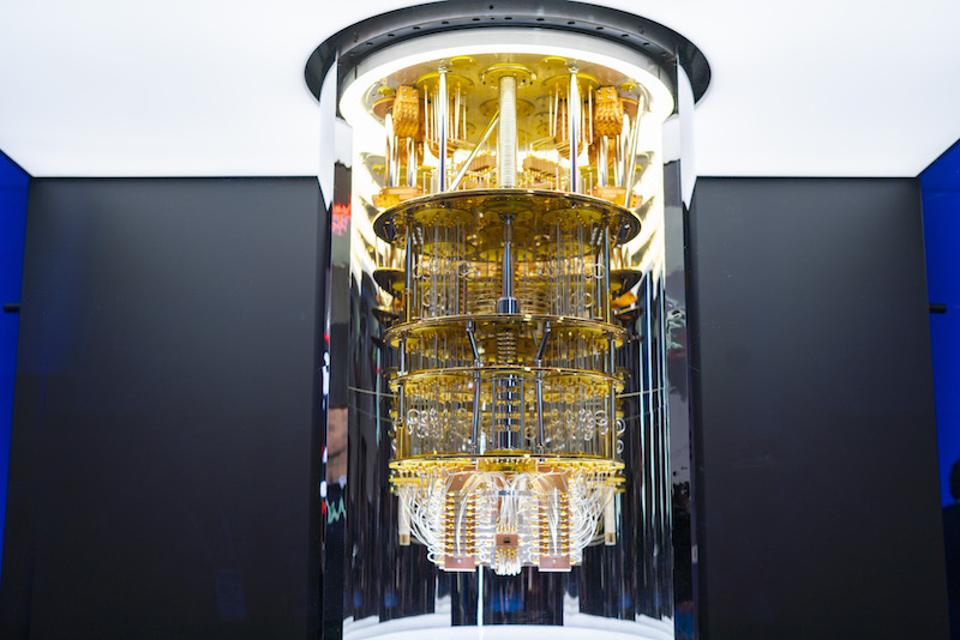We are entering an era where new two technologies for computing are becoming more and more crucial. The two computing types, quantum and edge, will have a crucial impact on computing power and will increase the processing abilities enormously.
I already quickly mentioned quantum computing in my other article about the DARQ technologies (see here), and in this article I want to dive deeper into what quantum computing is, its benefits, and its differences to edge computing, since the two are sometimes seen as similar, which they aren’t.
The most important about quantum computing
While the explanation of quantum computing and its functionalities can fill books, I try to put it short and point out the most important. Basically, quantum computers are able to solve problems that ‘traditional’ computers cannot solve, mainly because the ‘traditional computers’ can only process information displayed through 1s or 0s. The ability of quantum computers to solve more difficult problems is derived from the ability for the 1s and 0s to exist in two states (qubits) at once, making the bytes able to hold four values at the same time: 00, 01, 10, and 11. That way, a quantum computer can perform computations in parallel, crucially increasing their computing power and therefore their efficiency in comparison to ‘traditional’ computers.
However, to perform those actions, quantum computers require special algorithms, which have yet to be defined. Scientists have been researching for ages with yet to find a way to define usable algorithms to make quantum computing usable in large scale.
The most important about edge computing
With the constant development and improvement of technologies like XR, autonomous vehicles, or IoT, the demand for instant calculations and minimal latency of data exchange is increasing. Most technologies do not ‘have time’ to wait for their requests to travel across networks, reach a computing core, be processed, and then be send back. The computing is required to be performed either closer to the device, or ideally, within it, in order to reduce latency.
To meet this need, edge computing is on the rise. The idea of edge computing is, to perform the computations either near or right at the source of data, reducing the latency that cloud-computing cannot avoid, by running fewer processes in the cloud. However, edge computing is not there to replace cloud-computing but rather to work alongside with it. A clear division of computations that need immediate feedback along with processes that can withstand a certain latency will drastically increase the speed and efficiency of processes*.
Why are the technologies crucial?
Both technologies have a direct impact on several other technological advances, like the DARQ technologies mentioned in my other article, increasing speed, efficiency and security, but also technologies used in the healthcare or automotive industry for example.
The necessity and potential of both computational technologies can be seen in the increased research efforts by big companies like Google, Amazon or Verizon. In 2019, Google set a new benchmark for computational speed with a new kind of processor, and Verzion/Amazon introduced a 5G edge cloud computing partnership, to launch IoT devices and applications the edge.
With the constant increase in the collection of data and the requests being computed by processors, the need for technological advances is there. Both of the technologies create ample opportunities within the industries to succeed and drive innovation and change. However, as usual the big tech companies are at the forefront of exploring and developing those technologies.
What’s your pick?
Will smaller companies be able to shape and use the technologies soon or do they need to wait until bigger companies will make them available in large scale?
_____________________________________________
*Please note: When we talk about ‘immediate’ feedback to computational requests, the differences between edge computing and cloud computing are within microseconds. However, this difference could become crucial in several situations, as for example in the avoidance of traffic accidents through autonomous vehicles, which is why it is mentioned at this point.
Sources
https://futuretodayinstitute.com/trend/quantum-and-edge/
https://www.keyinfo.com/ai-quantum-computing-and-other-trends/
https://www.upgrad.com/blog/trending-technologies-in-2020/




